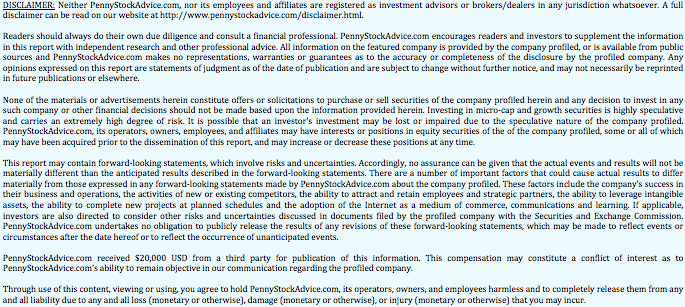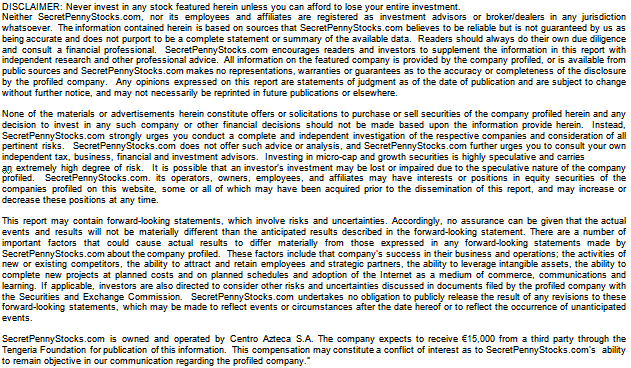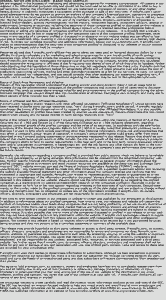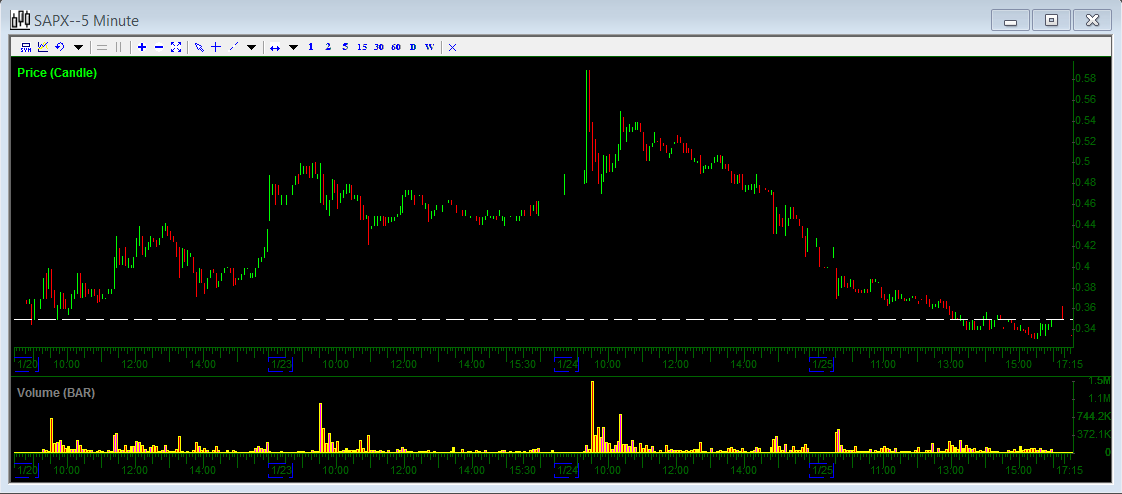This post was originally published on my GoodeValue.com blog on 5/12/2009. Due to blog moves it was not correctly moved to this blog so I have reposted it.
The SEC Enforcement Division just put out a press release announcing a judgment against a stock trader who conspired with a brokerage CEO and another trader to evade the uptick rule and profit from manipulative short selling, creating ‘bear raids’. See the original SEC complaint [pdf] against Robert Todd Beardsley and his partner George Lindenberg for details (all the quotes that follow come from that document). The two used multiple accounts to attack various stocks with a concentrated barrage of short sales with the aim of quickly driving the stock price down. Beardsley even “utilized the identities of two foreign individuals to open additional Redwood [brokerage] accounts” in an attempt to cover up the scheme. The two violated the law by failing to observe the uptick rule (their short sales were all in NYSE stocks), by failing to properly mark their orders as short sales, and by trading with the intent to manipulate stock prices.
They made total profits of “approximately $2,400,000.” Evidently both men spent the money quickly, because by the time the SEC obtained judgments against them, both had few assets left and as a result Beardsley only had to pay $100,000 and Lindenberg had to pay $65,000. Now for the interesting part of the story. The duo’s illegal profits were possible only because of the uptick rule. Under the uptick rule, market short sale orders often could not be immediately executed. Those orders would pile up, waiting for an uptick. Market makers and those with special software (as Beardsley and Lindenberg had) could see those unfilled market short sale orders. The duo “looked for stocks where a large market sell order was waiting to be executed, which they surmised was a short sale order”; they would then quickly drive a stock down with short sales and then create an uptick to cover their whole position at a price that was often “one cent higher than their last sale.”
In one instance, they sold short 16,485 shares of Tesoro at prices ranging from $17.82 to $17.51; they covered the whole position at $17.52, covering into a market short sale order that could finally be executed. In this manner Beardsley and Lindenberg made about $2,000; they repeated this procedure throughout the day and their profits quickly piled up. This is the first solid evidence I have ever seen of an actual bear raid. Of course, this bear raid was made possible only by the existence of the uptick rule. Furthermore, the market participants who were most harmed by it were the hapless short sellers whose market short sale orders were executed at depressed prices. As to the so-called bear raids that supposedly occur because the uptick rule has been removed, I continue to doubt their existence. Without the kind of advance knowledge of big sell orders that Beardsley and Lindenberg had, it would be very unlikely for a bear raid to be profitable, as the buy orders to cover the short position would drive the stock back up as quickly as it fell.
Further Reading
SEC Press Release regarding Beardsley judgment
SEC Complaint against Beardsley & Lindenberg [pdf]
Final Judgment against Lindenberg [pdf]
Final Judgment against Beardsley [pdf]
The Trader’s Guide to the Uptick Rule
Disclaimer: No positions in any stocks mentioned. This blog has a terms of use that is incorporated by reference into this post; you can find all my disclaimers and disclosures there as well..







